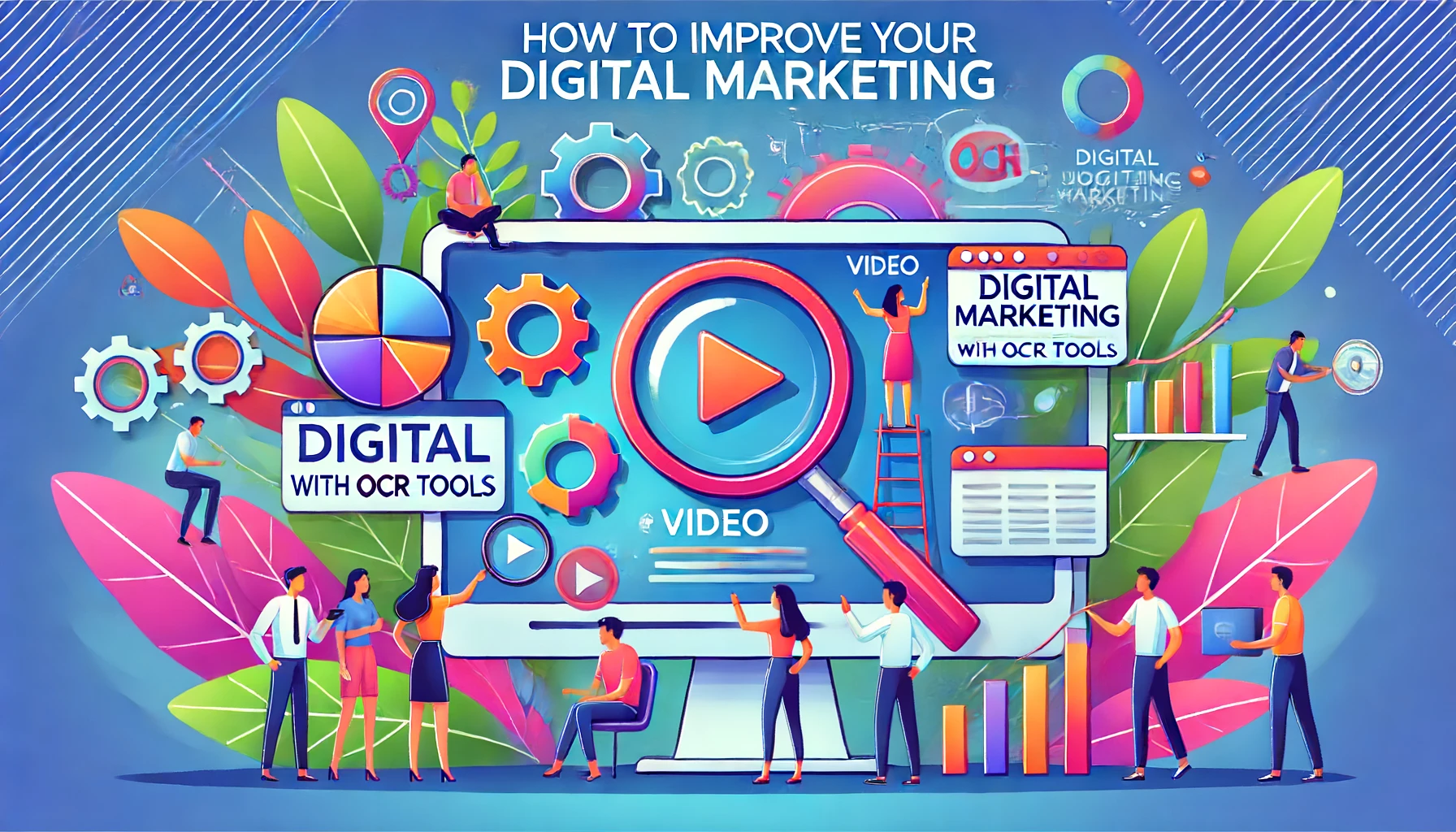
Estimated reading time: 6 minutes
The advertising industry has been booming for the past few years. In fact, digital ad spending is expected to climb to 627 billion dollars in 2023, as projected by eMarketer. But before you rest on your laurels, consider this: more than 1 billion active websites serve consumers daily, and the competition for online ad dollars is fierce. It continues to grow fiercer as more players enter the market.
Related Links
In addition, the prevalence of ad blocking and fraud has made it challenging for publishers to balance monetizing their content and protecting their users. While it’s great to see that more and more publishers continue to reap the rewards from advertising, most publishers are unaware of the steps they must take to improve their revenue streams.
This article will outline five key tips to boost ad revenue that publishers can follow in 2023.
1. Improve Ad Revenue With Programmatic Ad Selling
The first of the tips to boost ad revenue is to invest in programmatic ad selling. It is one of the fastest-growing segments in digital advertising, and for a good reason. The real-time technology-based approach allows advertisers to bid on ad impressions and publishers to sell ad inventory at scale, which can help them achieve greater reach and higher CPMs.
According to Statista, the value of advertising sold through programmatic channels is estimated to have been 418 billion U.S. dollars in 2021, and it is projected to rise to 725 billion by 2026. When publishers make the most of programmatic advertising, they can:
- Increase revenue by improving fill rates on ads
- Improve user experience and increase CPMs with better-targeted ads
- Decrease ad fraud by blocking bad and low-quality advertisers
- Reduce manual negotiations with advertisers
2. Diversifying Ad Formats Is A Smart Move

Publishers are accustomed to using banner ads. And why not? After all, they are easy to implement and manage. As a result, many publishers haven’t explored new formats that could be more beneficial for them.
On the other hand, advertisers are now allocating a more significant portion of their budget to native, mobile, and video advertising than display advertising, as audience preferences are shifting when consuming content and interacting with ads.
“Generally, display advertising is flat, and a little down, while native advertising and custom are drivers of growth. There have been less requests for display advertising, but more requests for native advertising from advertisers.”
The Week’s Head of RevOps
Publishers should take advantage of these trends by adopting multiple ad formats across their websites, as this can:
- Help them improve the overall performance of their inventory
- Attract a broader range of advertisers with different campaign goals
- Offer less intrusive and more engaging ad experiences that are less likely to be blocked
3. Faster Page Loads = Revenue Gains For Publishers

A website’s performance is essential to the visitors, but it’s also an important metric for advertisers. When ads don’t load quickly enough, they have less time to capture the attention of their target audience. This can reduce click-through rates and ad revenue for publishers.
With 1 s of added delay, impressions decreased by 1.1% for mobile traffic and 1.9% for desktop traffic.
According to a study done by Google’s developers
Faster load times lead to more pageviews because users don’t have to wait too long to see their desired content. This means more opportunities for them to see ads displayed on the publisher’s website as well as an opportunity for advertisers to reach out with their messages. Following this tip to boost ad revenue can:
- Increase user engagement, session durations, and ad click-through rates
- Increase ad viewability and the likelihood that users will interact with them
- Improve search engine visibility and attract more organic traffic
- Enhance ad quality and increase the potential for repeat advertisers
4. Strategic Ad Placements Get Better Results
Ads can be placed on a page differently, but the goal is to get them in front of visitors’ eyes as often as possible. Optimizing the ad placements can help publishers do this by ensuring that ads are showing up where they can be seen rather than being hidden behind other content or obscured by images and other elements.
The main idea behind ad placement optimization is that every website page has unique characteristics and should have the best ad sizes. For example, there might be more space on one page for ads above the fold (ATF) than below. If a publisher puts an ad in this prime real estate, they will likely get better results than if they put the same ad on another page where more of their audience will scroll down past it before they reach their content.
From user experience to ad revenue, there are many benefits of optimizing ad placements, such as:
- Higher viewability and click-through rates, which can translate into increased revenue for publishers
- Better engagement with ads, making users more likely to interact with them
- Attract more advertisers and increase competition for the ad inventory
“Attention and quality metrics shouldn’t be based on the ad slot alone, but also linked to engagement with the page and the overall content, including the number of ads on the page and the positioning or design of the ad placement.”
Alessandro De Zanche, an AdTech consultant
5. Publishers Need To Try Different Pricing Models

Fixed CPMs. This is the default pricing model for most publishers’ ads, and it’s what people think of when they think of “advertising.” The traditional model of charging advertisers a fixed cost-per-thousand impression (CPM) has worked well for years.
However, the recent trend in digital media has been to move away from the one-size-fits-all advertising model and experiment with different pricing models. Advertisers now seek more flexibility when buying ad inventory, so publishers should offer the same options.
For example, if a publisher sells ad space on a sports blog, they might have an advertiser who wants to drive leads for their product and another who just wants impressions. The former would be willing to pay more for CPM (cost per thousand impressions), while the latter would prefer CPC (cost per click).
Therefore, publishers need to be able to offer different pricing models, giving advertisers more choices in how they purchase ads. This is already happening on some websites, where advertisers can choose between CPM, CPC, or CPA pricing models.
Looking Beyond Traditional Advertising
Advertising is essential to maintaining a content-based website. One thing to remember is that ad revenue is different for everyone. Not everyone will find these ads equally appealing, and the competition for ad views has only grown more intense in recent years. This can be an obstacle to growing a publisher’s readership and revenue, no matter how much content they have.
Fortunately, with so many different forms of digital advertising and new technologies vying for attention, publishers should consider these tips to boost ad revenue to overcome this obstacle.
Contact Matchbox Design Group Today!
If your website could use a refresh or you’re looking to drive more traffic to your site, fill out the form below and we’ll contact you to learn more about your digital needs.

